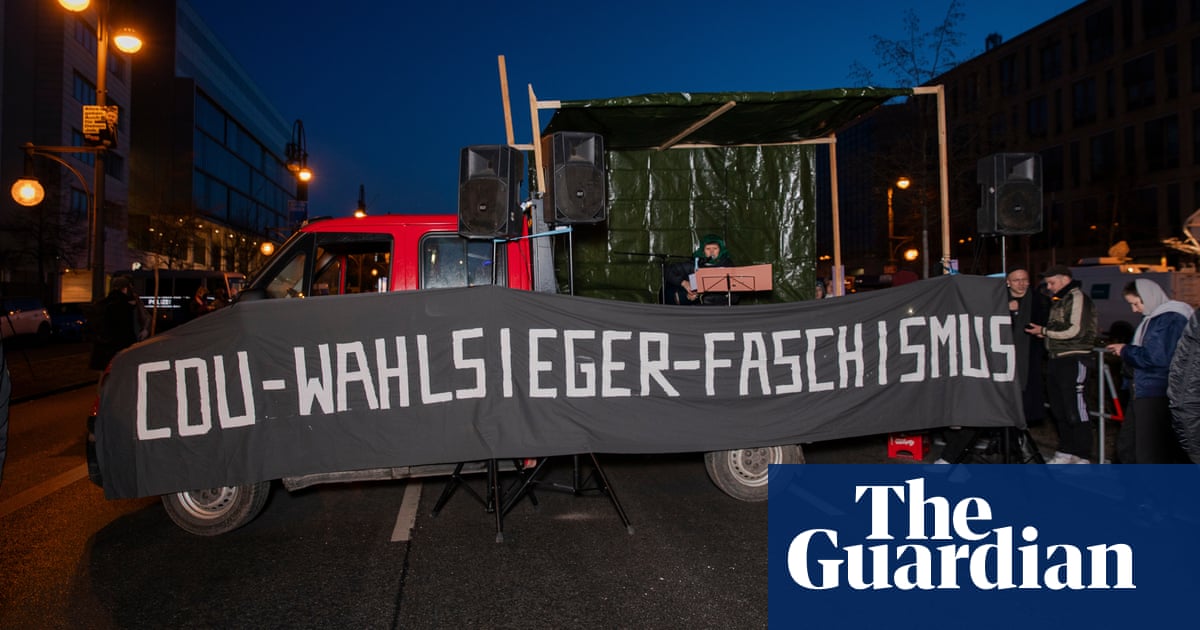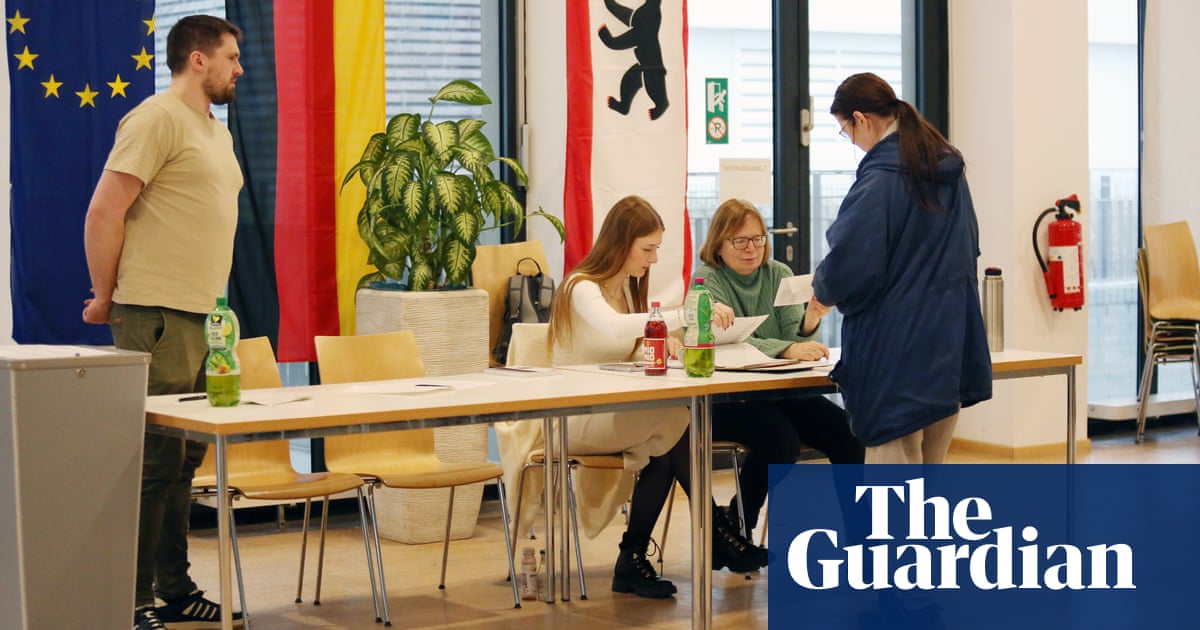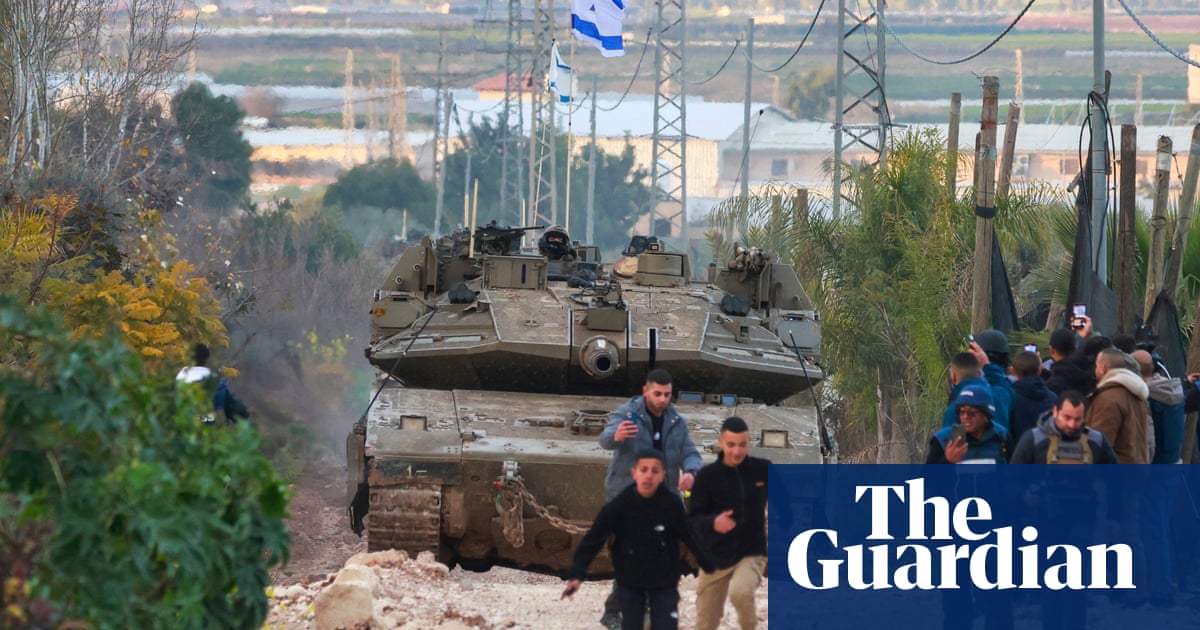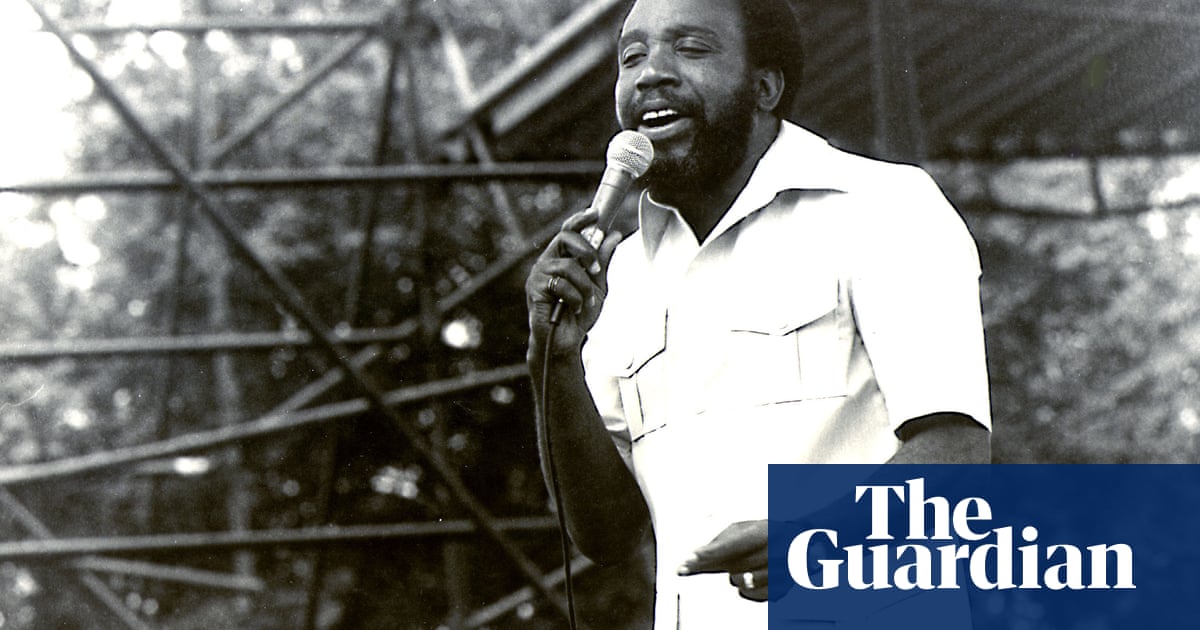The music is still playing and the alcohol is still flowing at the bars along one of the party streets in Vang Vieng. Inside a popular venue, a voice over the speaker announces a special offer on beers, as disco lights flicker on the floor. Small paper flags from nations across the world – from Britain to Gabon – hang from the ceiling.
Young people travel from all corners of the globe to party in the small town nestled in the Laos countryside. But Vang Vieng is under a global spotlight, following a suspected mass methanol poisoning that killed six foreign tourists, including two teenagers from Australia, two Danish citizens, a Briton and an American.
The Laos government has promised justice and says it is investigating. But there are concerns about how thorough and transparent any inquiries will be in the country, a communist, one-party state that the press freedom group Reporters Without Borders has described as “an information ‘black hole’ from which little reliable information emerges”.
The tragedy has also prompted wider discussions about the risk of contaminated alcohol in south-east Asian countries – and how young tourists stay safe while travelling.
Calls for better regulation
Before the deaths earlier this month, most backpackers didn’t think much about what might be in the free shots that are often offered at hostels and bars in Vang Vieng and many other parts of the backpacker trail.
“We literally arrived in Laos the day that the news came,” says Sam Ayling, 23, from Surrey. “If our trip was pushed forwards for three days or something or two days … it’s quite scary to think that that could have been us.”
News spread quickly among backpackers, says Eliza Rolf, 21, Hertfordshire. “In the hostel we were last in, all the friends that we made were very paranoid about what to drink.”
No one is drinking spirits any more, they say.
At the Mad Monkey hostel, a sign at the bar urges guests to be aware of a serious incident of alcohol poisoning “at another hostel”, adding “please avoid this for your safety and drink reputable branded spirits”.
But most backpackers say their hostels and bars haven’t mentioned the deaths, or said anything about how to stay safe. One business owner said he believes the recent contaminated alcohol was an isolated incident. Another says the tragedy should bring wider change to make the town safer.

“We’re hoping that something like this will push the go button on the endeavour to regulate the supplies to the tourist market – things like backyard distilleries and so forth,” says one hotel owner, who asked not to be named.
Officials had been visiting businesses to check that they have the correct paperwork, they add.
Homemade alcohol is fairly common in Laos and other countries in the region but it can be highly dangerous if it is produced incorrectly, or if unscrupulous makers try to cut costs by adding methanol as a cheap alternative to ethanol.
According to state media, eight people who worked at the Nana hostel where some of the tourists were staying, including its manager, have been detained for questioning. The manager of the hostel has previously denied to media that alcohol served to guests was tainted.
Reporting of the deaths in local media has been minimal, due to the lack of press freedom.
The police have released very little information about their inquiries. The lack of communication has not helped boost confidence in the process.
“They say that they’re investigating but I think that they don’t,” says a grieving backpacker, adding that he does not trust the authorities in the country. His friends, two Danish women in their early 20s, fell ill and died after drinking on a night out.
The tourism police declined to answer questions about its inquiry.
‘I don’t think I’ll ever have a free shot again’
Vang Vieng, once famous for its raucous parties, has weathered various scandals over the years. The town was in the past known for “tubing”, where backpackers float along the Nam Song river on the inner tube of a tractor tyre, stopping off at bars along the way to enjoy buckets filled with cheap spirits, and throw themselves down giant slides and rope swings. A spate of tourist deaths eventually forced a government crackdown and it imposed a temporary ban on tubing in 2012.
Today, the town attracts a much wider variety of tourists, and guests are drawn to more than just its party scene. In the crisp, morning sunshine, tourists in kayaks splash along the waters of the river, the jagged mountains looming behind them. Stalls in the town offer excursions to the nearby blue lagoons and water caves, and hot air balloon trips above the surrounding rivers and rice paddies.
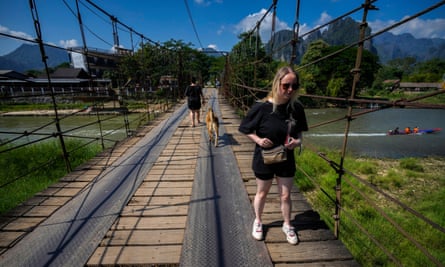
At night-time, hotel signs glow in multiple languages – Lao, English, Korean and Chinese – a sign of how the town is powered by tourists from around the world.
November is the start of the peak tourism season, after the rainy season has drawn to a close. Businesses say there are no signs yet that the deaths have affected bookings.
Some travellers say they did feel nervous about visiting after hearing the news. Others say that, while they are saddened and shocked by recent events, the risks shouldn’t be overblown.
“It’s definitely shaken the community for sure, but you don’t want it to tarnish the reputation of the whole country or change the perspectives of the rest of the world,” says Isabel Wallbank, 23, from Derby. “London doesn’t have a great reputation for crime at the moment, but it never stops tourists visiting the city.”
Press attention was helping to raise awareness about dangers associated with methanol poisonings, she adds, but online comments suggesting Laos is a death trap were unfair.
“Laos is a really poor country that relies on tourism to uphold its economy,” Wallbank says.
“It could happen anywhere - in Magaluf, Zanthi, anywhere,” says fellow traveller Eddie Smith, 26, from Wales. But he adds: “I don’t think I’ll ever have a free bar again, or a free shot.”
Back in the bars, most tourists are sticking to branded beer or soju bottles.
Those who do buy cocktails are at times hesitant. A young tourist and his friend hand a jug of luminous blue liquid back to the bar staff, complaining it’s too strong.
“What’s in it?” they ask, suspiciously. The bar staff pour in an extra can of soda, and take a sip to prove it is safe.
Later into the evening, a voice starts to warble over a microphone. On the streets outside, vendors sell sandwiches and smoothies to passersby, their stalls illuminated by lamps beneath umbrellas. Dogs slumber on the roadside, watching out for snacks. Across town, music thumps from a bar busy with dancing revellers. For now, the party goes on in Vang Vieng – but with an added dose of caution.

 2 months ago
46
2 months ago
46

